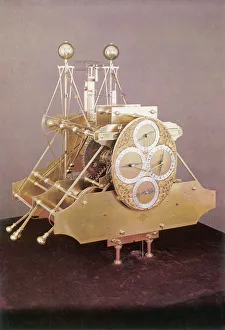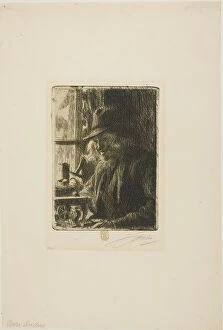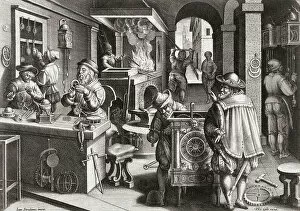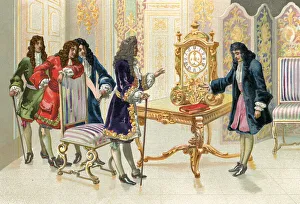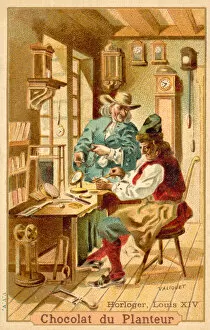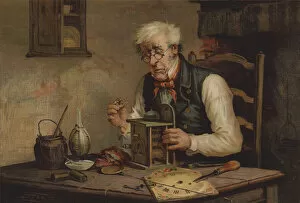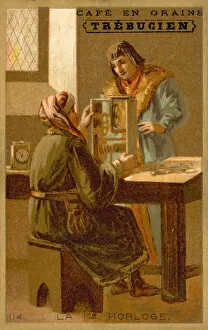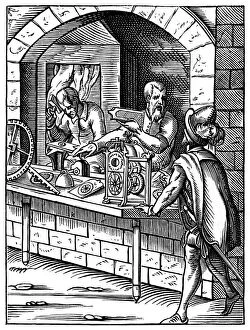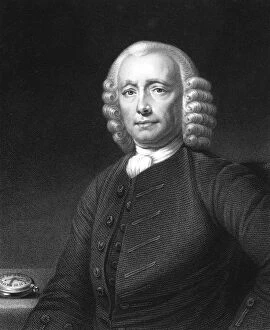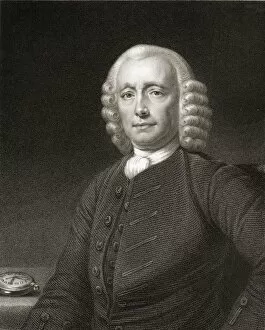Horologist Collection
Horologist: Masters of Time From the invention of Harrison's First Chronometer to the skilled clock makers in Holland during the late 16th century
All Professionally Made to Order for Quick Shipping
Horologist: Masters of Time From the invention of Harrison's First Chronometer to the skilled clock makers in Holland during the late 16th century, horologists have shaped our perception and measurement of time. They have woven intricate tales through their creations, leaving an indelible mark on history. One such tale unfolds as Christiaan Huygens presents his groundbreaking pendulum clock to Louis XIV. The precision and elegance of this invention captivate the Sun King, forever changing how time is kept within his opulent court. In a stunning engraving by Gerard Valck, we glimpse a costume for a Clock Maker from that era - a testament to their craftsmanship and dedication. Across borders and centuries, horologists continue to astound with their artistry. A magnificent ormolu-mounted Chinese powder-blue clock garniture commissioned by Louis XVI stands as a symbol of cultural exchange and technical prowess. Trade cards like Christopher Pinchbeck's showcase London's bustling hub for clocks, watches, and musical toys - where innovation thrives amidst vibrant city life. In France during the reign of Louis XIV, watchmakers meticulously crafted timepieces that became treasured heirlooms passed down through generations. A chromolitho print captures the essence of these artisans at work - hands delicately assembling each tiny cog with utmost care. Swiss watchmaker Abraham-Louis Breguet emerges as another luminary in horology's rich tapestry. His genius shines through in vivid chromolitho prints showcasing his masterpieces that blend mechanical ingenuity with timeless beauty. Yet it is not only about grandeur; even novices must learn their craft diligently. In a charming colour lithograph titled "Where Does this Wheel Go?", we witness an apprentice puzzling over the intricacies before them – an emblematic scene representing every aspiring horologist’s journey towards mastery. Through these glimpses into history, we celebrate those who dedicate themselves to unraveling time's mysteries.

